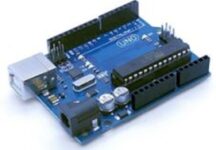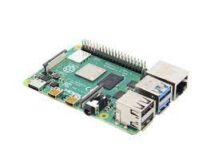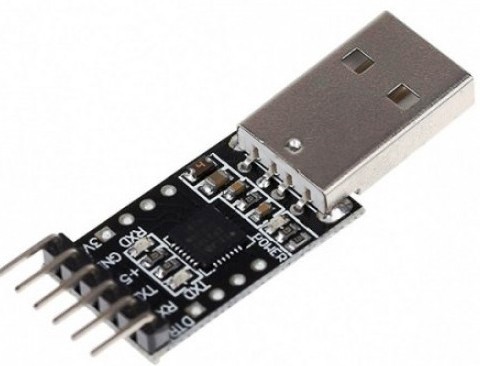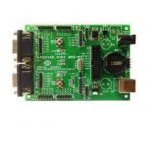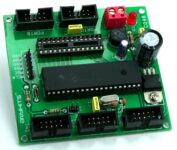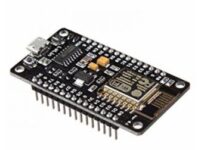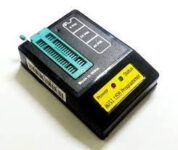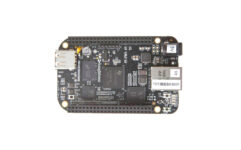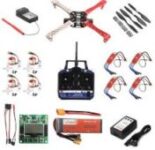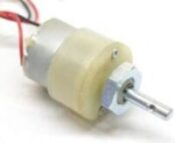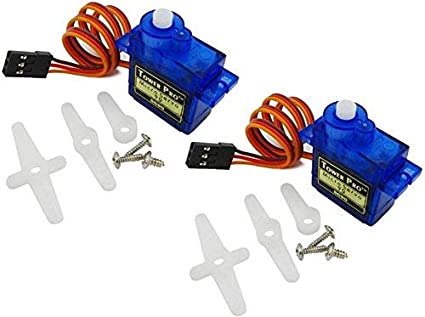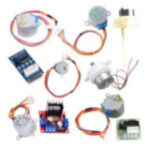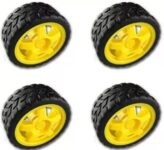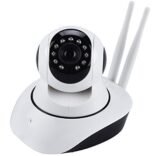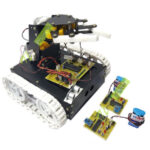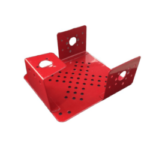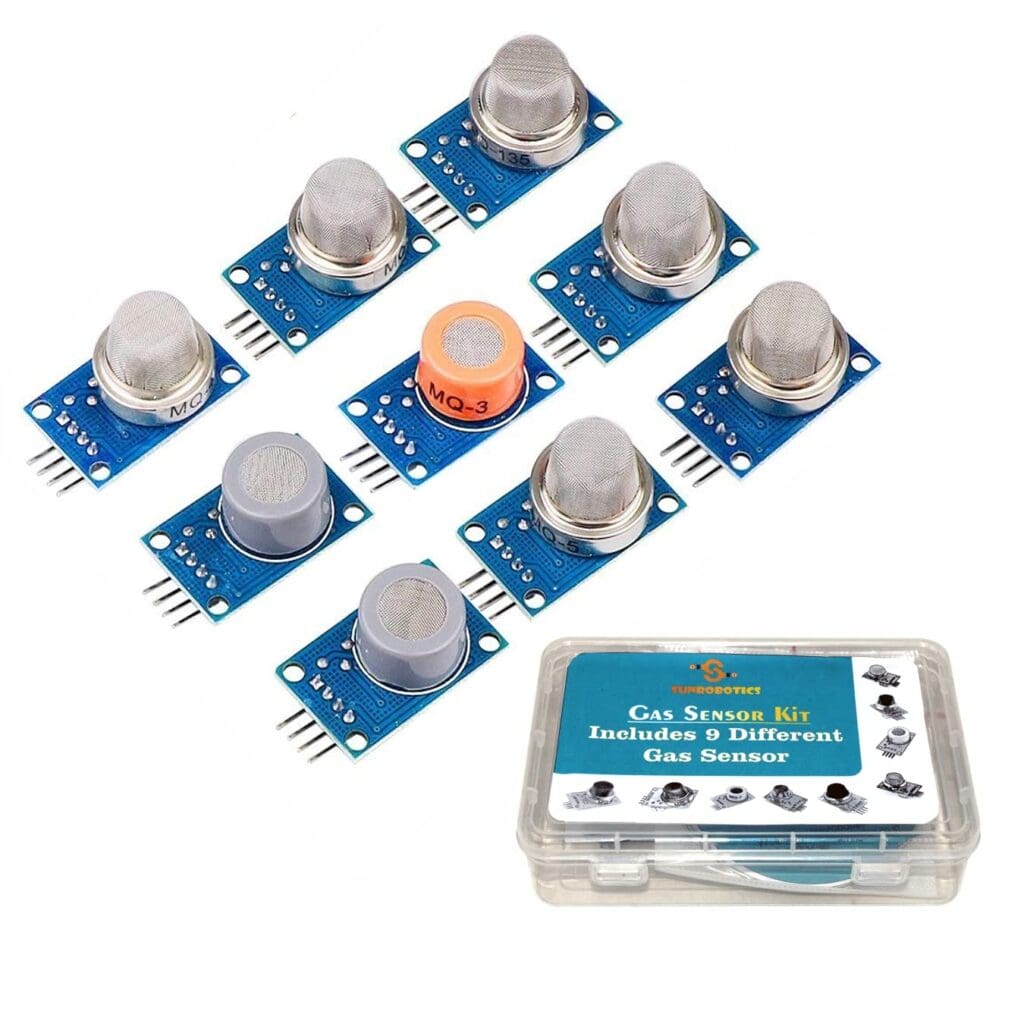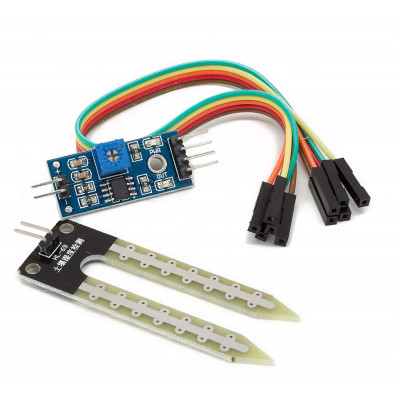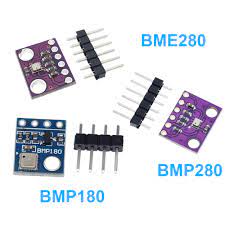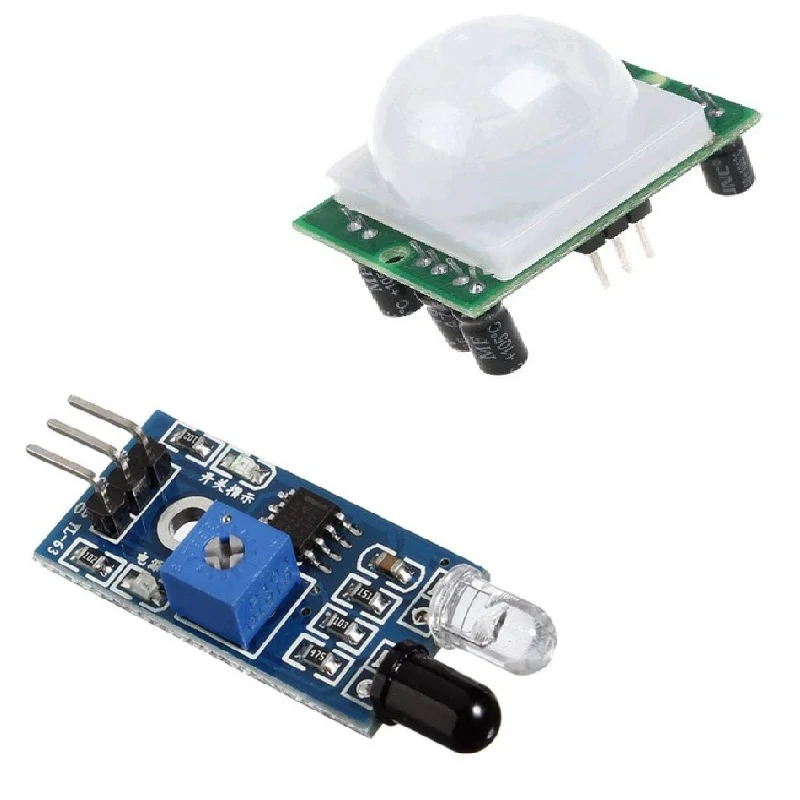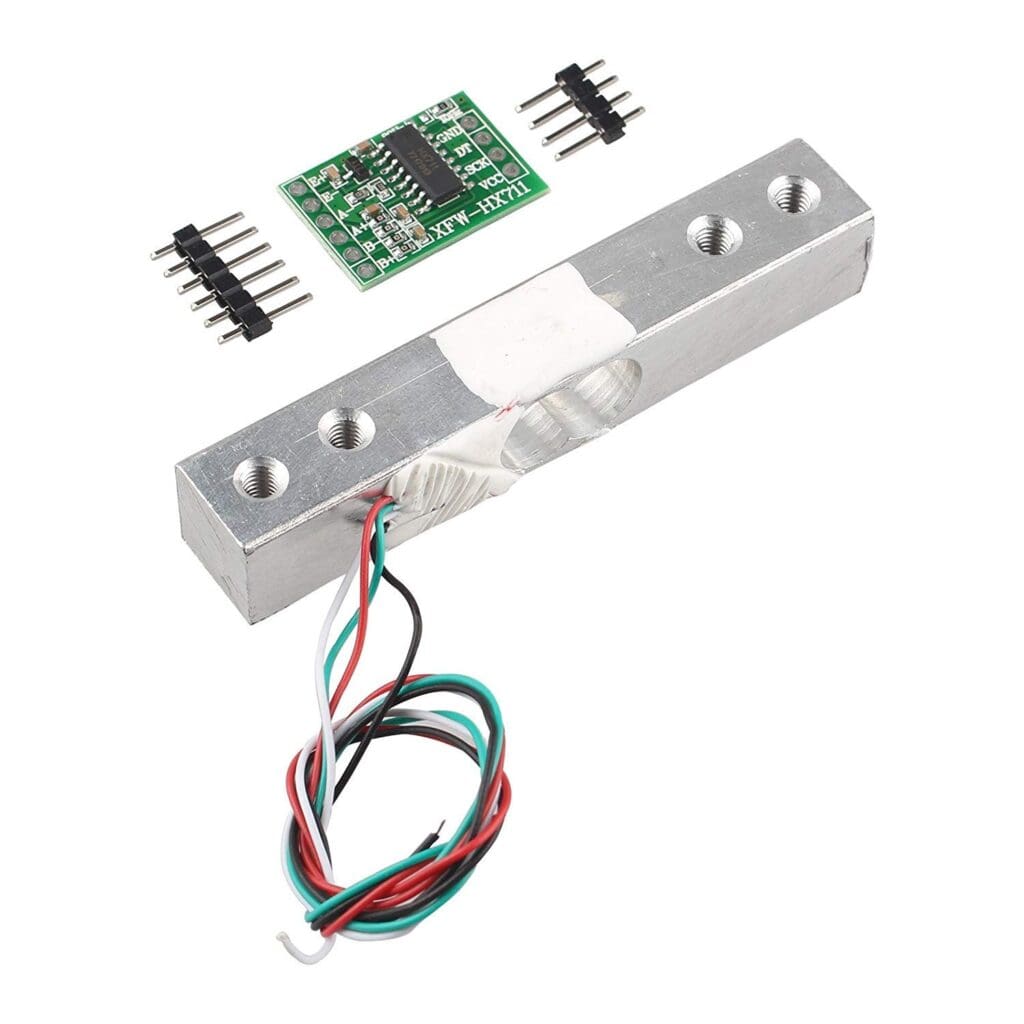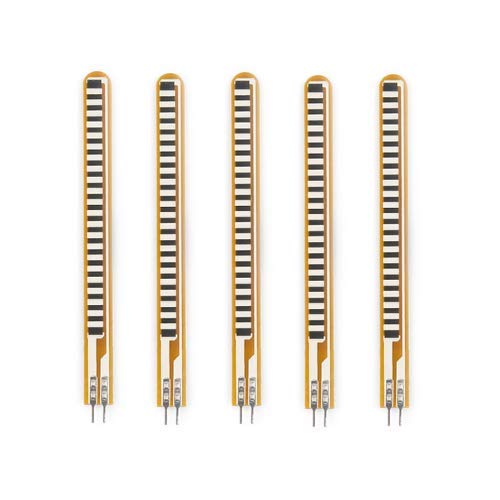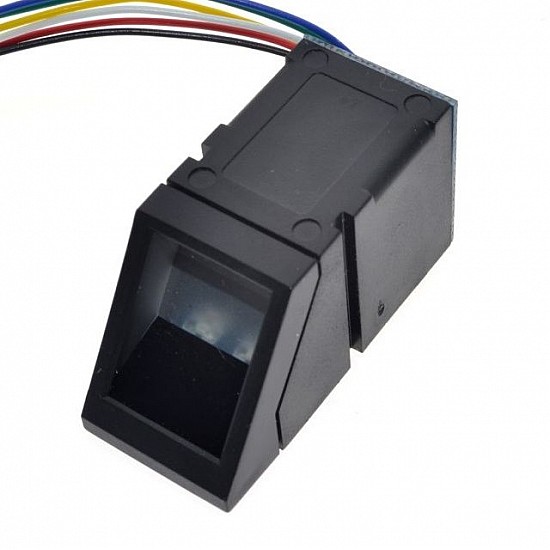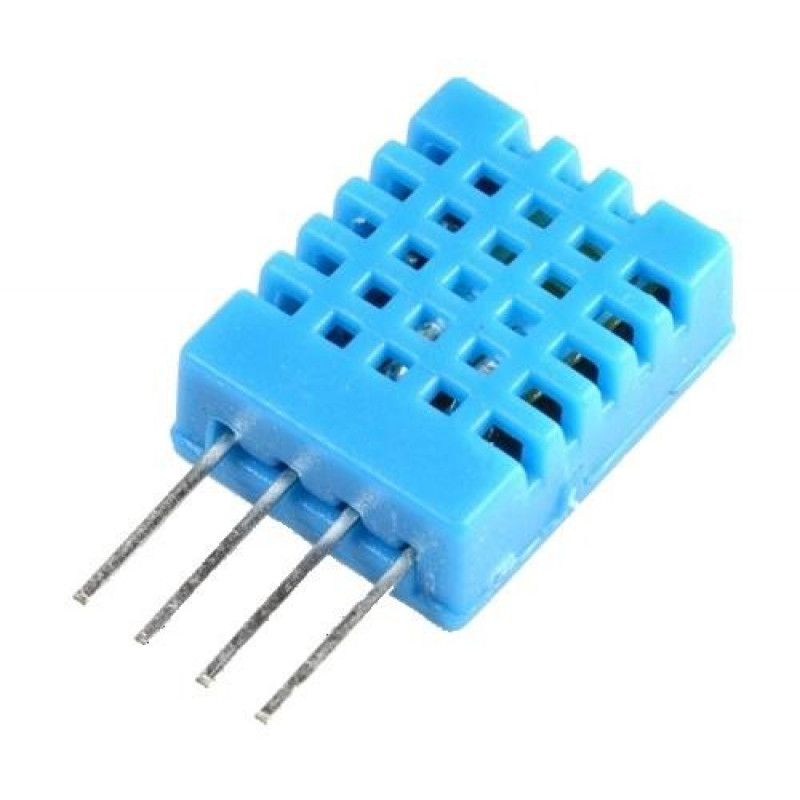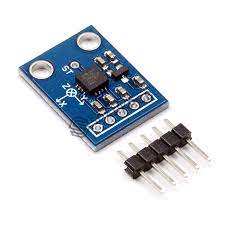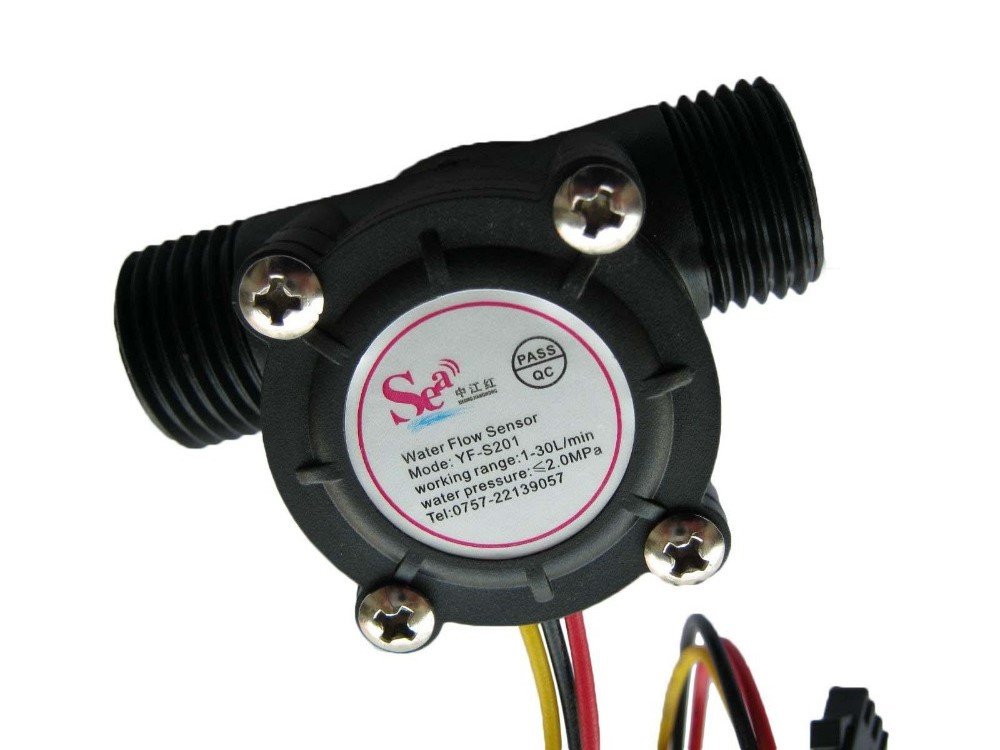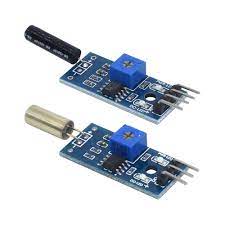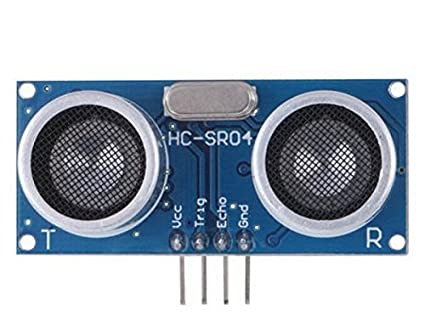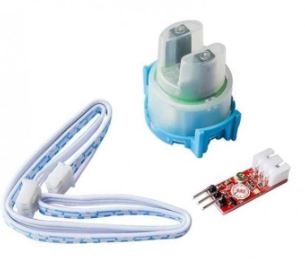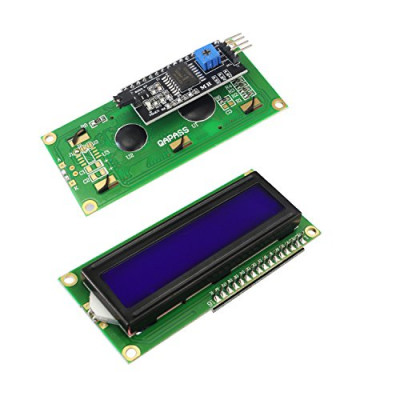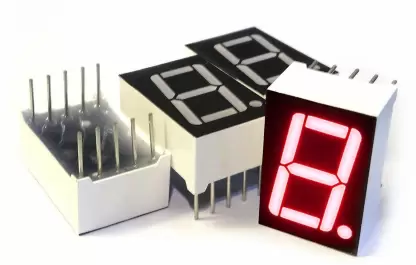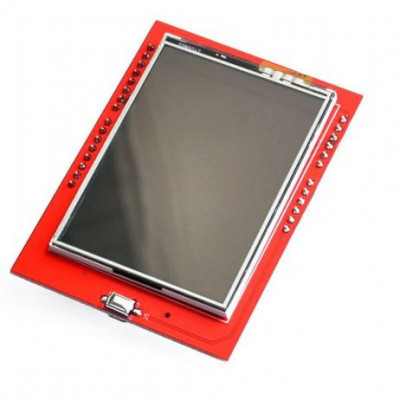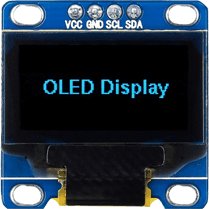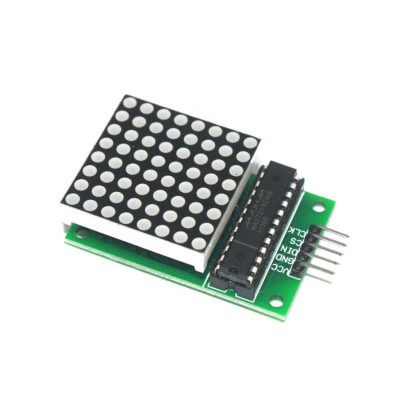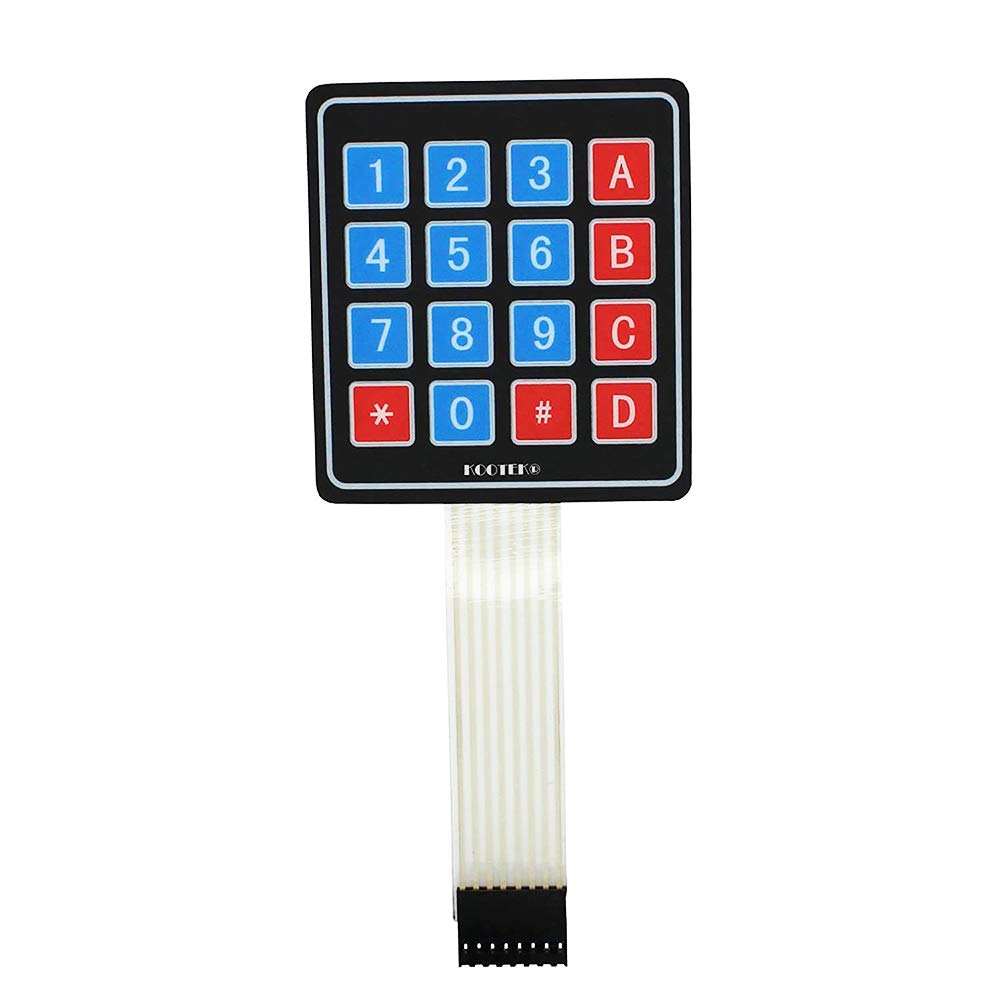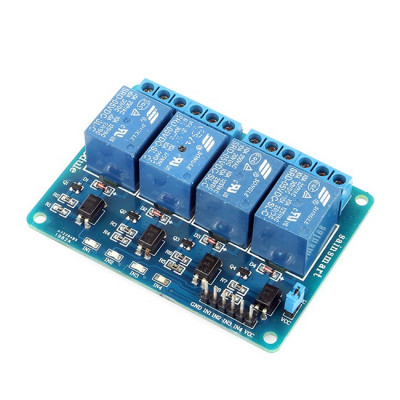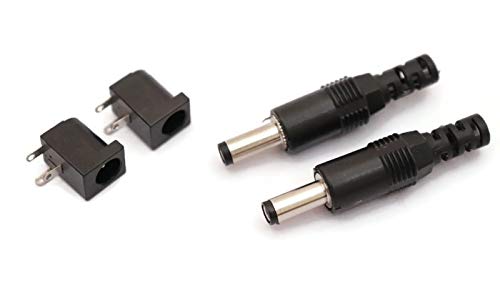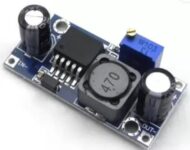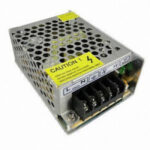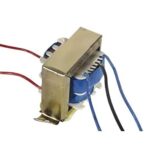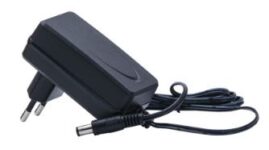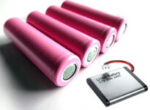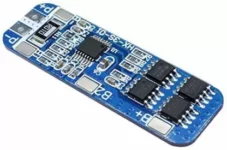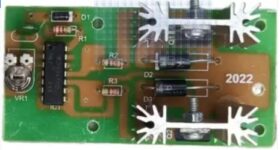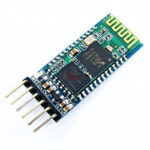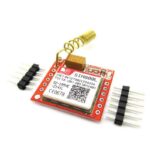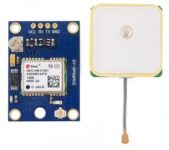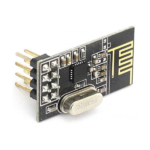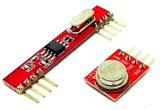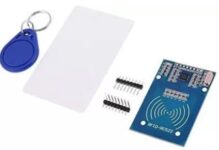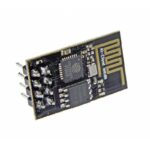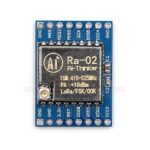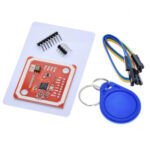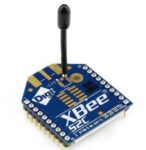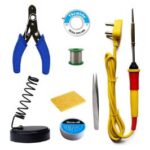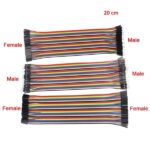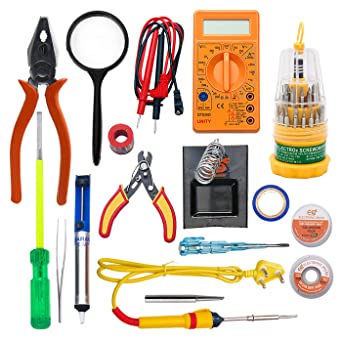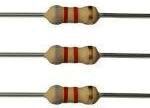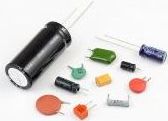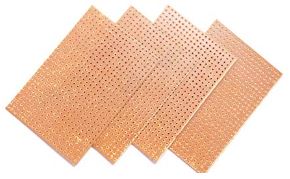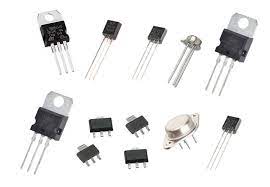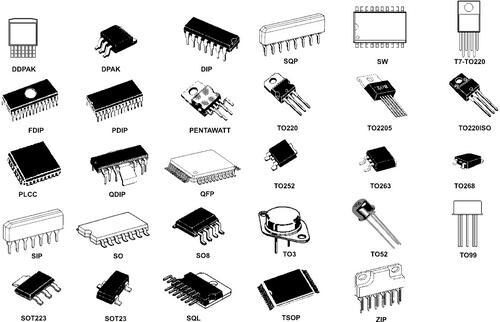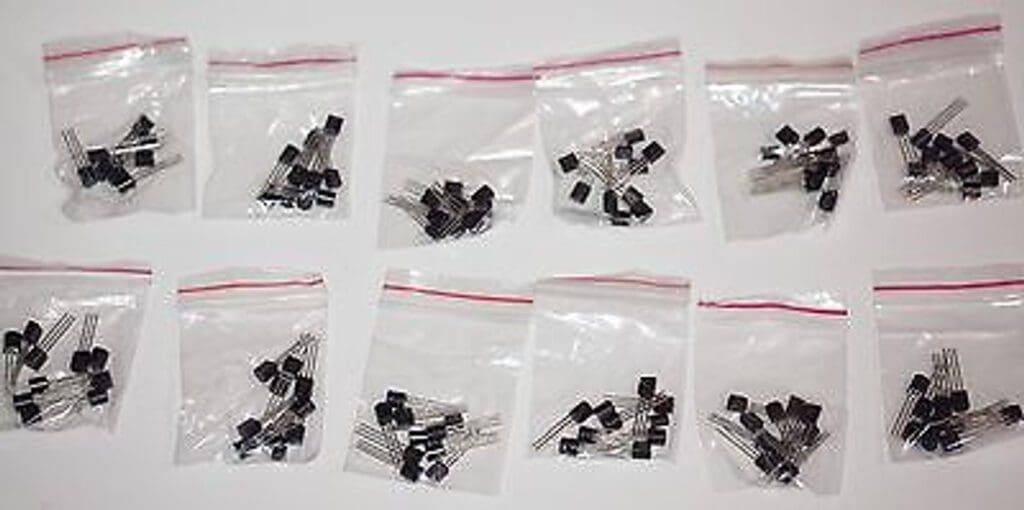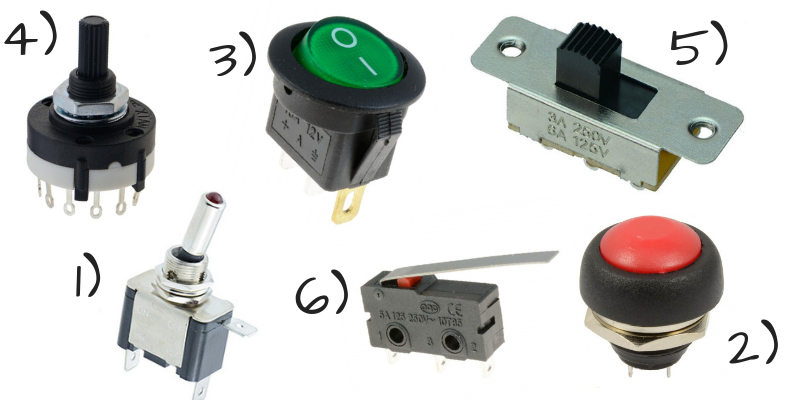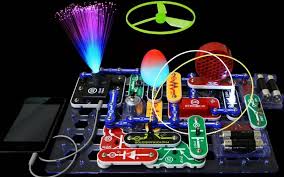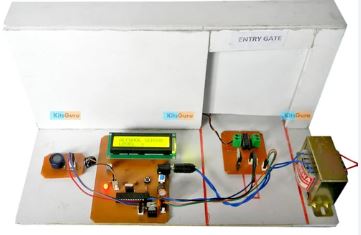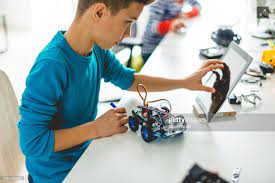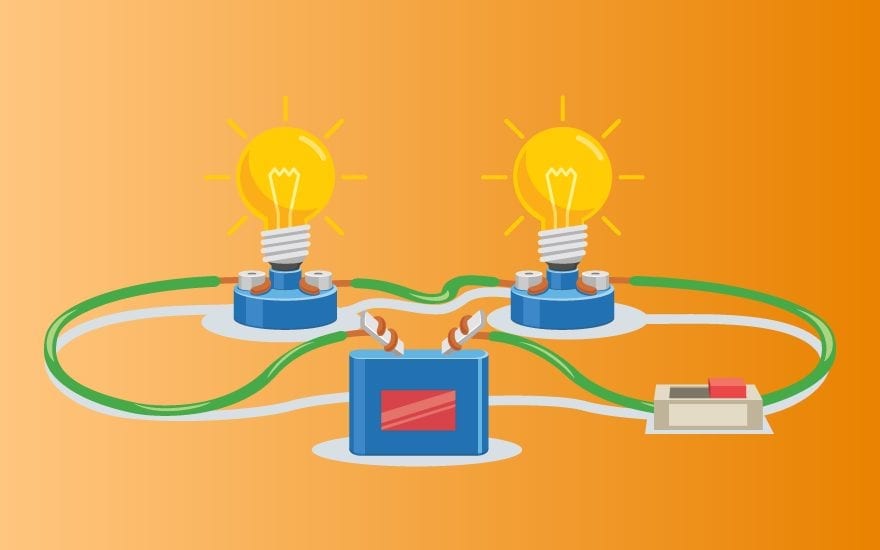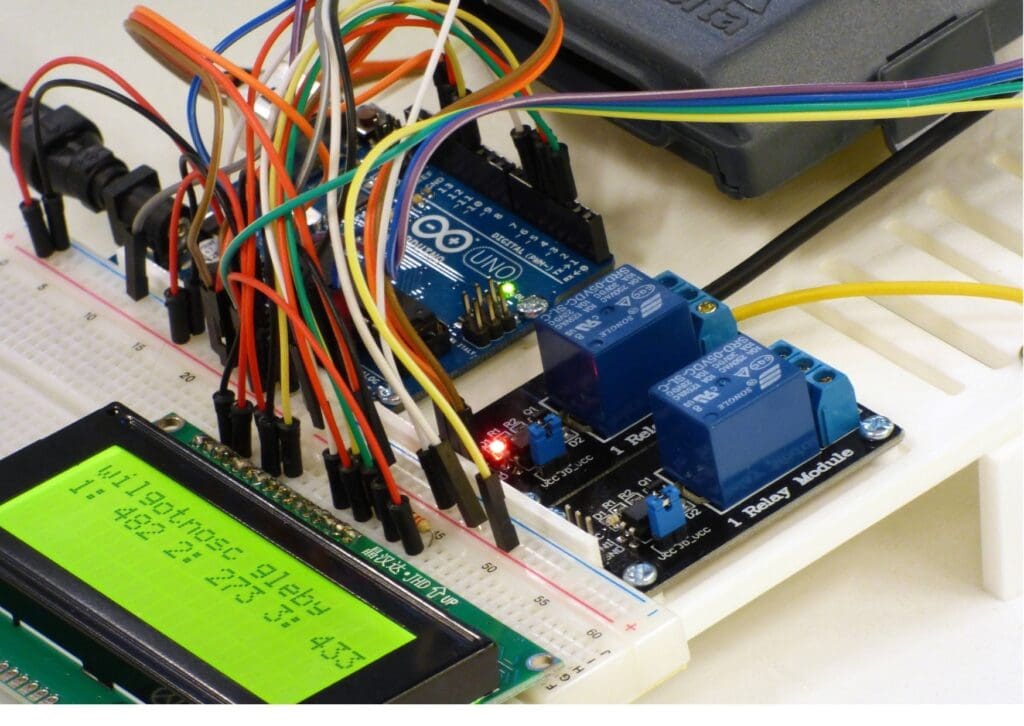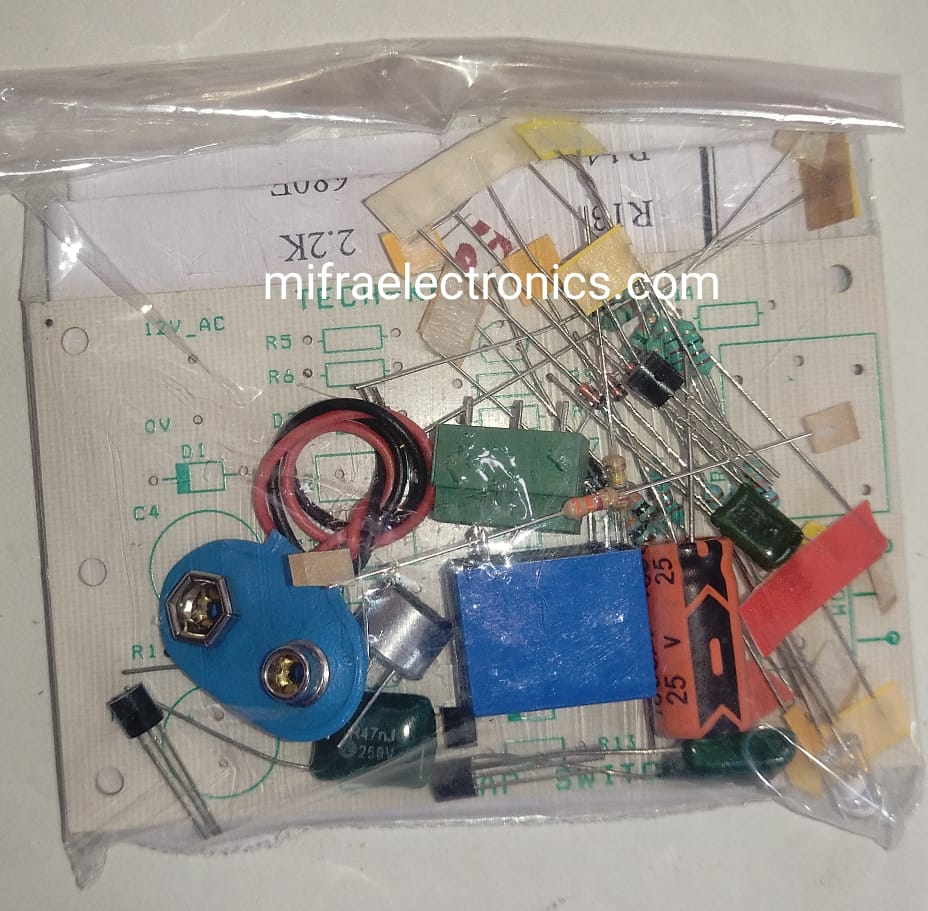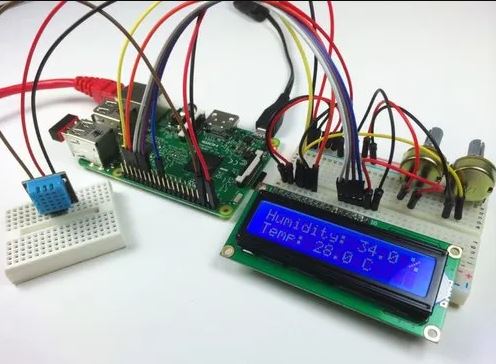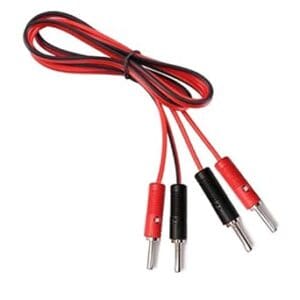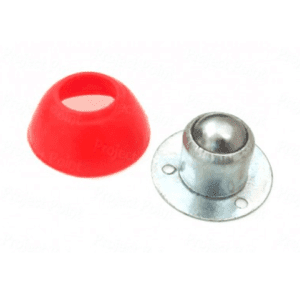Wireless Bluetooth Controlled Robotic car
Introduction:
The “Wireless Bluetooth Controlled Robotic car using Arduino” combines various hardware and software components to create a versatile and exciting project. Firstly, assembling the car involves integrating components such as the Arduino Uno microcontroller, L298 Driver for motor control, 18650 Li-ion Battery for power, BO Motors, BO Wheels, and a Battery Case for housing the power source. Additionally, the HC-05 Bluetooth Module is essential for wireless communication between the car and a smartphone.
Once the hardware is assembled, the software aspect of the project comes into play. A simple Android app is used on the smartphone to control the robotic car via Bluetooth. This app establishes communication with the HC-05 Bluetooth Module installed on the car. The app transmits control commands, which are interpreted by the Arduino Uno microcontroller to adjust the car’s movement accordingly.
In terms of project overview, the goal is to create a car that can be remotely controlled using Bluetooth technology, enhancing the user experience and demonstrating the integration of robotics, electronics, and mobile app development. The design of the car includes careful consideration of components such as the chassis and wheels for mobility, a microcontroller with Bluetooth capabilities, motor drivers for movement control, a power supply for energy, a Bluetooth module for wireless communication, and necessary wiring and connectors for connectivity. The project outlines steps for hardware assembly, Bluetooth connectivity setup, software development including control logic and user interface creation, challenges and solutions, customization options, and suggestions for future enhancements like autonomous navigation or obstacle avoidance.
-


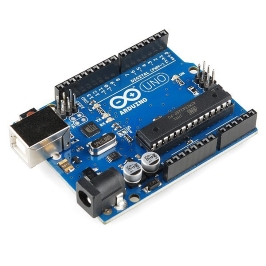 Rated 0 out of 5Sale!Add to cart
Rated 0 out of 5Sale!Add to cart₹1,250.00Original price was: ₹1,250.00.₹628.00Current price is: ₹628.00. -


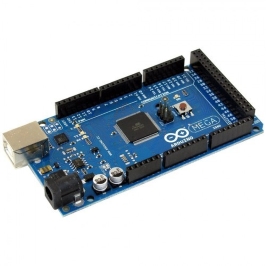 Rated 0 out of 5Sale!Add to cart
Rated 0 out of 5Sale!Add to cart₹1,499.00Original price was: ₹1,499.00.₹1,298.00Current price is: ₹1,298.00.
Projects Categories:
Products Categories:
- Robotics
- Actuators
- Camera Modules
- Drone Kits
- Drone Components
- Chassis
- DC Motors
- Other Robotic accessories
- Pick and Place Modules
- Robotic Kit
- Servo Motors
- Stepper Motors
- Wheels
- Microcontrollers & Programmers
- 8051 Microcontroller
- Arduino Microcontroller
- ARM Development Board
- Interface Module
- NODMCU / ESP Modules
- PIC Microcontroller
- Raspberry Pi
- Devices and Actuators
- Display Modules
- Sensors & Module
- Power Supply / Batteries
- Wireless modules
- Electronic Components
- Wholesale Market
-


 Rated 0 out of 5Sale!Add to cart
Rated 0 out of 5Sale!Add to cart₹1,250.00Original price was: ₹1,250.00.₹628.00Current price is: ₹628.00. -


 Rated 0 out of 5Sale!Add to cart
Rated 0 out of 5Sale!Add to cart₹1,499.00Original price was: ₹1,499.00.₹1,298.00Current price is: ₹1,298.00. -

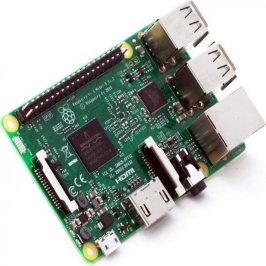 Rated 0 out of 5Sale!Add to cart
Rated 0 out of 5Sale!Add to cart₹8,500.00Original price was: ₹8,500.00.₹4,099.00Current price is: ₹4,099.00. -

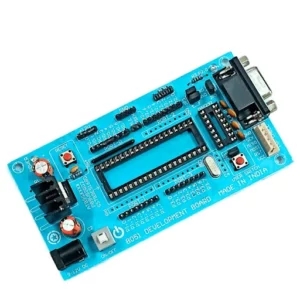 Rated 0 out of 5Sale!Add to cart
Rated 0 out of 5Sale!Add to cart₹450.00Original price was: ₹450.00.₹254.00Current price is: ₹254.00. -

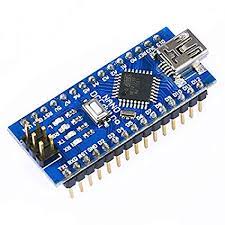 Rated 0 out of 5Sale!Add to cart
Rated 0 out of 5Sale!Add to cart₹580.00Original price was: ₹580.00.₹339.00Current price is: ₹339.00.
Description of Wireless Bluetooth Controlled Robotic car
The “Bluetooth Controlled Robotic Car Project using Arduino” combines hardware assembly and software development to create a remote-controlled car. Firstly, assembling physical components involves selecting a suitable chassis and integrating essential components like the Arduino Uno microcontroller, L298 Driver for motor control, and HC-05 Bluetooth Module for wireless communication. Then, a simple Android app enables remote control via Bluetooth, establishing a connection with the car’s Bluetooth Module to transmit control commands.
This project emphasizes integrating robotics, electronics, and mobile app development, providing a hands-on learning experience. Furthermore, enthusiasts gain practical skills in circuitry and programming, fostering creativity and problem-solving. Beyond educational value, customization options include adding features like LED lights or obstacle detection sensors, encouraging innovation. Ultimately, the project serves as a platform for exploring new technologies and embarking on a rewarding journey in robotics and electronics.
Moreover, the project’s detailed outline guides participants through hardware assembly, Bluetooth setup, software development, and potential challenges. This structured approach facilitates understanding and implementation, ensuring a successful outcome. Additionally, the project encourages collaboration and knowledge sharing among enthusiasts, fostering a supportive community of learners.
As participants delve into the project, they not only gain technical skills but also cultivate problem-solving abilities and critical thinking. Furthermore, the opportunity for future enhancements allows for ongoing exploration and growth in the field. In conclusion, the Bluetooth Controlled Robotic Car Project using Arduino offers a rich and dynamic learning experience, empowering individuals to delve into the exciting world of robotics and electronics with confidence and creativity.
Components Requirement and Working
Components Required
- Chassis and Wheels
- Microcontroller with Bluetooth capabilities (e.g., Arduino)
- Motor Drivers
- Power Supply
- Bluetooth Module (e.g., HC-05 or HC-06)
- Wiring and Connectors
The Wireless Bluetooth Controlled Robotic car Project incorporates several essential components to function efficiently:
- Chassis and Wheels: The chassis provides structural support and stability for mounting components. It includes mounting points for motors, wheels, and hardware, with selection based on factors like size, weight, terrain, and maneuverability. Wheels facilitate the car’s mobility in various directions.
- Microcontroller with Bluetooth capabilities: Acting as the car’s brain, the microcontroller processes sensor input and controls motor output. Options like Arduino or Raspberry Pi with Bluetooth enable wireless communication with smartphones or other Bluetooth devices, allowing remote control of the car’s movement and functions.
- Motor Drivers: These circuits provide power and control signals to motors, enabling them to rotate in desired directions and speeds. Common modules like L298N or L293D are ideal for controlling DC motors found in robotic cars, receiving commands from the microcontroller and translating them into motor movement.
- Power Supply: Vital for proper car operation, the power supply delivers electrical energy to all components. It must meet voltage and current requirements and can utilize rechargeable batteries (e.g., lithium-ion) or external sources like AC adapters for consistent power distribution.
- Bluetooth Module: Facilitating wireless communication between the car and external devices like smartphones or tablets, Bluetooth modules like HC-05 or HC-06 enable remote control of the car’s movement and functions. They provide reliable and user-friendly Bluetooth connectivity, typically featuring serial communication interfaces compatible with a wide range of microcontrollers and devices.
- Wiring and Connectors: Essential for establishing electrical connections between various components, wiring and connectors enable power, signal, and data transmission. Proper wiring ensures reliable and secure connections, minimizing the risk of electrical faults or short circuits. Components like jumper wires, breadboard connectors, terminal blocks, and soldered connections are commonly used to wire components together in robotic projects.
Working of Wireless Bluetooth Controlled Robotic car using Arduino:
Hardware Setup:
- Hardware setup involves physically assembling the components required for the project. This includes mounting the motors onto the chassis, attaching wheels to allow movement, and connecting the motors to the motor drivers. Additionally, the Arduino board needs to be installed onto the chassis and connected to the motor drivers, Bluetooth module, and power supply. Lastly, the Bluetooth module should be securely attached to the Arduino board to ensure a stable connection.
Bluetooth Connectivity Setup:
- Bluetooth connectivity setup entails configuring the Bluetooth module to establish communication with external devices, such as smartphones or tablets. This typically involves setting the Bluetooth module to discoverable mode and pairing it with the desired device. Once paired, the device can establish a wireless connection with the Bluetooth module, enabling seamless communication between the device and the project.
Software Development:
- Software development involves creating the necessary code or program to control the functionality of the project. For the Wireless Bluetooth Controlled Robotic Car using Arduino, this entails developing an Arduino sketch (program) to interpret incoming Bluetooth signals and convert them into corresponding motor control commands. Additionally, functions need to be defined to control the direction (forward, backward, left, right) and speed of the motors based on user input from the smartphone. Error handling and safety features should also be implemented to prevent unexpected behavior or damage to the robotic car.
User Interface Creation:
User Interface Creation: To facilitate seamless interaction, a user-friendly mobile app or interface is crafted for the smartphone. This interface incorporates intuitive controls such as buttons or sliders, enabling users to command the car’s movement effortlessly. Once established, a Bluetooth connection links the smartphone to the Bluetooth module on the robotic car. Subsequently, code implementation within the app ensures that user inputs translate into control signals sent to the Bluetooth module, thereby orchestrating the car’s actions remotely.
Remote Control Operation: With hardware setup and software development completed, the robotic car transitions into remote control operation. Upon launching the mobile app and establishing a Bluetooth connection, users can manipulate the car’s movement using the interface controls. Whether it’s directing the car forward, backward, or turning left or right, the Arduino board interprets these commands received via Bluetooth and executes corresponding motor control actions, providing users with real-time control over the car’s motion.
Remote Control Operation:
- Remote Control Operation: Upon completion of hardware setup and software development, the robotic car seamlessly transitions into remote control operation. Users can effortlessly manipulate the car’s movement by launching the mobile app and establishing a Bluetooth connection. Through intuitive interface controls, such as buttons or sliders, users can direct the car forward, backward, or turn left or right. Consequently, the Arduino board interprets these commands received via Bluetooth, enabling real-time execution of corresponding motor control actions.
Testing and Calibration:
- Testing and Calibration: Once the hardware setup and software development phases are complete, meticulous testing and calibration ensure optimal functionality and performance. Through thorough testing, any issues or discrepancies are identified and addressed, while calibration fine-tunes the car’s movement and responsiveness. Consequently, the overall user experience is enhanced, resulting in a seamlessly-operating and precisely-controlled robotic car.
Conclusion:
In conclusion, the Wireless Bluetooth Controlled Robotic Car using Arduino represents a fascinating fusion of hardware and software technology, offering users an immersive and interactive experience in robotics and wireless communication. By combining the versatility of the Arduino platform with the convenience of Bluetooth connectivity, this project provides a user-friendly and accessible platform for enthusiasts of all levels to explore the exciting world of robotics. The ability to control the robotic car wirelessly via a smartphone adds an extra layer of convenience and interactivity, making it an engaging educational tool and a source of entertainment for hobbyists and learners alike.
Moreover, the Wireless Bluetooth Controlled Robotic Car project opens up a wide range of possibilities for further exploration and innovation. Enthusiasts can customize and enhance the robotic car with additional features such as obstacle detection sensors, camera modules, or even autonomous navigation capabilities, further enriching the learning experience and expanding the project’s potential applications. As technology continues to advance, projects like these serve as valuable learning opportunities and inspire creativity and curiosity in the fields of robotics, electronics, and wireless communication.
To Explore More Projects: Click here
-

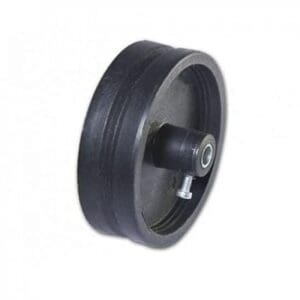 Rated 0 out of 5Sale!Add to cart
Rated 0 out of 5Sale!Add to cart₹450.00Original price was: ₹450.00.₹399.00Current price is: ₹399.00. -

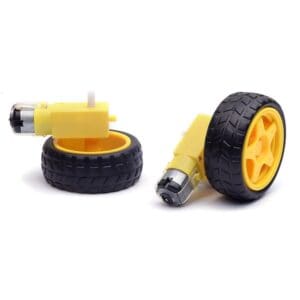 Rated 0 out of 5Sale!Add to cart
Rated 0 out of 5Sale!Add to cart₹150.00Original price was: ₹150.00.₹123.00Current price is: ₹123.00. -

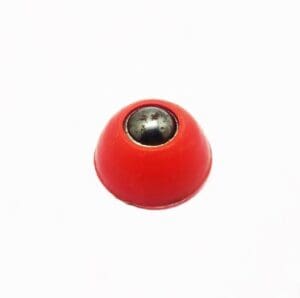 Rated 0 out of 5Sale!Add to cart
Rated 0 out of 5Sale!Add to cart₹299.00Original price was: ₹299.00.₹119.00Current price is: ₹119.00. -

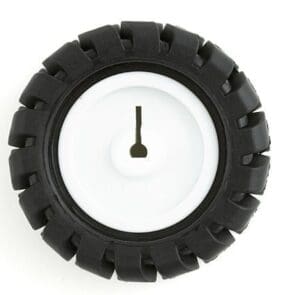 Rated 0 out of 5Sale!Add to cart
Rated 0 out of 5Sale!Add to cart₹130.00Original price was: ₹130.00.₹67.00Current price is: ₹67.00. -

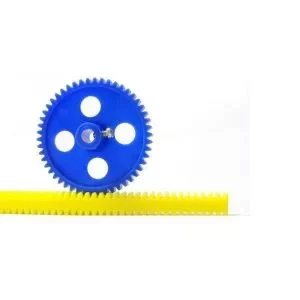 Rated 0 out of 5Out of stockView More
Rated 0 out of 5Out of stockView More₹35.00Original price was: ₹35.00.₹20.00Current price is: ₹20.00.
For additional blog content, to explore further insights and articles. Click here
433MHz RF Module Works &
Working 433MHz RF Module Works & Interfacing With Arduino Introduction Wireless communication has become an...
Read MoreVoice Recognition Technology
Voice Recognition Technology Introduction Voice recognition technology, a groundbreaking innovation in the realm of electronics,...
Read MoreHow to attach heat sink
How to attach heat sink to raspberry pi 4 INTRODUCTION Attaching a heat sink to...
Read MoreUnderstanding Integrated Circuit And Microchips
Understanding Integrated Circuit And Microchips Introduction Integrated circuits (ICs), often referred to as microchips, are...
Read More


